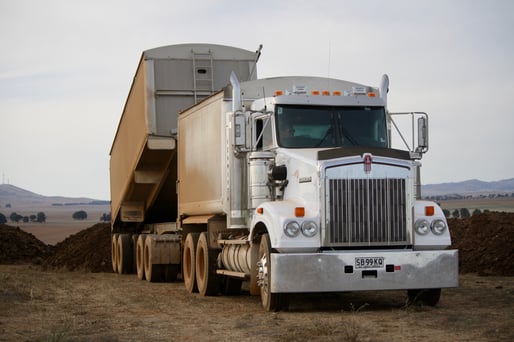
It is no secret that primary agricultural industries are under increasingly more pressure to justify the impact that their practices and processes have on the environment.
Creating awareness is the first step in making change for the better. There are several groups and agencies that have conducted research and development within the agricultural industry. Through this research, producers are better able to gain an understanding of their energy needs, uses and impacts.
Technology is also having a huge impact on production methods, by increasing the efficiencies of everyday activities. Technology has also improved communication and production methods in huge ways.
So, in what ways can feedlots minimise their impact on the environment?
1. Waste Management:
One of the ways is through the effective management of waste. The two main waste components that beef cattle production creates are manure and effluent.
Effluent is a mixture of run-off that has passed through pens and is not suitable for drinking. It is commonly drained into effluent ponds for evaporation or for later use.
Manure is scraped out of pens on a regular basis and varies depending on the size and capacity of the facilities. Pen cleaning intervals is regulated by the Environmental Protection Authority (EPA) in South Australia. Cleaning the pens regularly not only helps to keep the livestock happy and healthy, but it is also the first step in managing the main waste product of feedlots.

Manure is commonly stored in large stockpiles or windrows and left to age, which helps to drain any residual moisture from the manure. This process also increases its usability as fertiliser or as fuel for a bioenergy facility. Turning the pile of manure is also useful for speeding up this process.
A feedlot facility can then choose to sell their manure, use it as renewable fuel or spread it over large agricultural areas to reduce reliance on synthetic fertilisers.
Liquid effluent has various uses, it can be treated so that it is suitable for cleaning machinery, plant and equipment, it can be used for irrigation water, beneficial due to its high nutrient content.
2. Water Use:
Fresh water is undeniably one of the most fundamental resources for life itself, and to no surprise is managed carefully in agriculture.
Feedlots in Australia are carefully controlled to ensure that they are located in an environment that can sustain the projected water use.
After a feedlot is constructed, water use is managed so that no water goes to waste. This is done through monitoring water consumption, recycling of run-off and effluent, cleaning, dust control, as well as strict water use policies.
3. Diets and Nutrition:
Diets must also be managed carefully to ensure performance, as well as reduce excess fodder wastage. There is a range of factors to consider that affects feed intake of the cattle:
- Water - access, temperature and quality
- Feedstuffs – aroma, practical size and quality
- Ration – formulated depending on time cattle are in the feedlot
- Cattle – live weight, breed type, body condition
- Environment – temperature, rainfall, air pressure and pen conditions
- Bunk management – space and hygiene

Proper management of these is essential to ensure optimal performance and animal welfare plays a big part in that also. To read more about how we care for our livestock, click here
A combination of the processes, as well as many others like good management practices, efficient Plant and equipment maintenance, will result in a reduced impact on the environment.
To read more about our environmental practices, click here.

